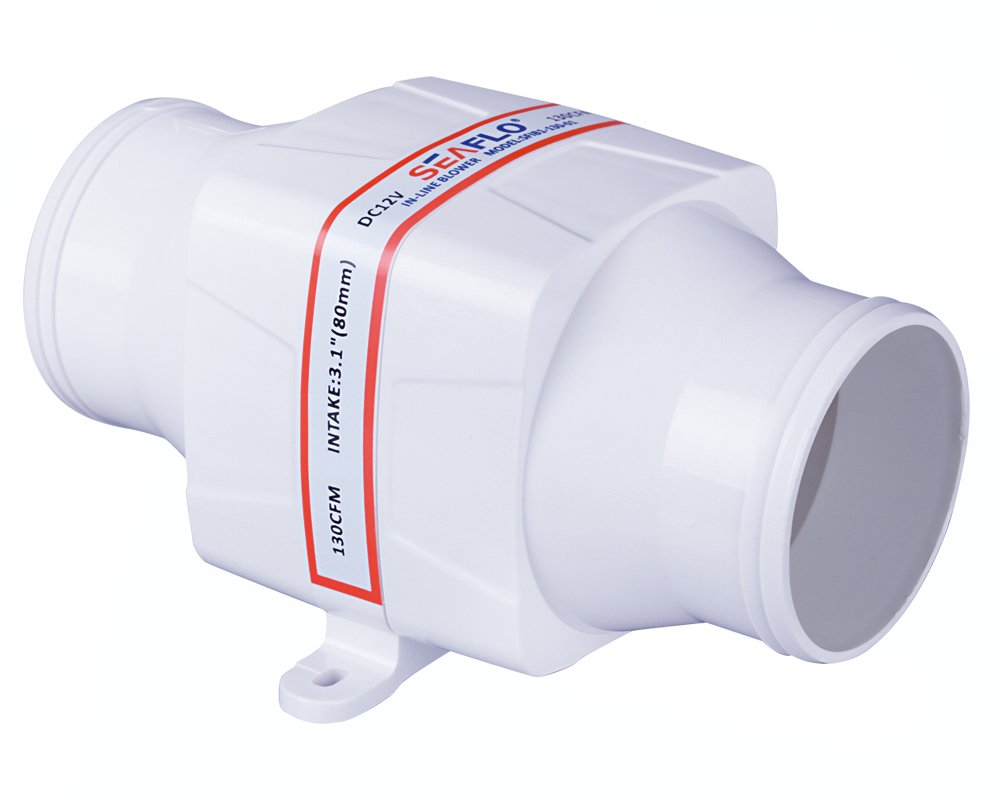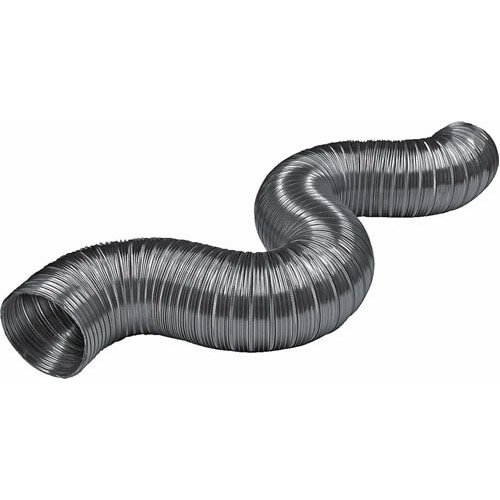BradKW said:
Is it possible that the battery can no longer be charged to 14v, due to either age or misuse? Or isn't that a symptom of how batteries age?
A sulfated/abused/chronically undercharged battery will rise quicker to 14+ volts and require less amperage to do so than a healthy battery.
Absorption voltage is generally 14.2 to 14.8v at 77F depending on the battery manufacturer AND is temperature dependent.
Higher temps, lesser absorption voltages.
Lower temps and higher voltages are REQUIRED to reach full charge.
One can apply a 30 amp charger to a 100 AH battery and the battery might reach 14.4v in 30 minutes . However, it must remain at 14.4v until amps taper to 2 to 3% of capacity for a 100AH capacity flooded/wet battery, verifiable with a hydrometer, or to 0.5amps per 100AH of capacity for an AGM battery.
So getting a battery upto a certain voltage means nothing. Voltage is not like a fuel level meter on a gas tank.
Getting a battery to absorption voltage and
holding it there for as long as it takes, is how one correctly and fully charges a battery in a reasonable time frame.
The slower/lesser the charge rate ( less amps) at which one gets to absorption voltage, the less time is needed at absorption voltage, as it got upto absorption voltage at a higher % state of charge.
The higher the recharge rate, the lower the % state of charge at which absorption voltage is attained, and the longer it will take( in comparison) after that point, for it to reach a true 100% state of charge, when absorption voltage is held for the duration.
Generally, if one initially applies 20 to 30 amps per 100AH of capacity on a wet/flooded battery, it will reach absorption voltage at 75% to 80% state of charge, and require about 4 more hours at absorption voltage to be near fully charged.
If one applies only 5 to 8 amps into a 100AH battery then it will reach absorption voltage at about 90% state of charge and only another ~2 hours will be required to hold absorption voltage before the battery can be considered fully charged. These numbers are general, not set in stone.
Sometimes when batteries fail, a cell will short out, and the other 2 or 5 cells receive that much higher voltage will bubble vigorously when charging. It is not good to try and charge a battery with a shorted cell. It can be dangerous due to lots of offgassing.
A battery which drops to the 10.5v range after charging likely has a shorted cell and should be taken out of service asap. When discharging a battery with a shorted cell, well, most devices will not work properly on 10.5 volts or less, but some will. It is important to not keep cycling a battery with a shorted cell. If it is in parallel with another battery, that other battery is basically trying to charge the battery with a shorted cell, and provide current for all normal loads. It will quickly degrade. A shorted cell can easily go unnoticed by the casual observer of battery voltage when there are 2 or more batteries in parallel.
Remember it is TIME at Absorption voltage. Once abosrption voltage is reached, the amps required to hold that voltage begin to decline.
Once amperage declines to a certain point, the battery can be considered fully charged.
This does not take into effect when a flooded battery needs an equalization charge or an AGM needs a 'conditioning' charge.
Batteries rarely returned to 100% require conditioning/equalizing more frequently.
Only Lifeline AGM lists a 'conditioning' charge as acceptable and lists a procedure for it. No other AGM list any such procedure as there is the likelyhood of popping the vents.
Generally with an AGM, to recondition, after proper absorption voltage is held until amps taper to basically nothing, 0.0x amps at 14.4v at 77f. ONLY then can one bump up the voltage to 15.5v or so. Lifeline says to hold 15.5v for 8 hours at 77F to recondition.
I'd perform a 15.5v 'reconditioning' on my Northstar AGM, if it would ever show signs of requiring it, but since it gets 100% charged often, and charged at a high rate often, it is behaving extremely well so far.
The importance of adjusting absorption voltage, and float voltage, in cooler weather cannot be overstated. Each battery manufacturer says to increase a slightly different amount per temp rise/fall, usually in MV per cell, but what is 14.7 at 77F might need 14.92v@ 55F. 14.7v applied when 14.9v is needed will greatly lengthen time to reach full charge, lessening the chances one actually achieves 100% before that next discharge cycle begins.
Excessive voltage applied longer than required eats away the positive plates, but in most cases is much less detrimental to the battery than the chronic undercharging it is more likely to see in vandweller usage.
The KEY to ultimate battery longevity is the proper amount of Time, at the proper absorption voltage.
Proper absorption voltage held for the time required.
This will be different for every battery, different as the battery ages, different at different temperatures, and different depending on average depth of discharge and initial Charge rate, and Temperature. Most 'automatic' charging sources cannot and will not adjust this voltage or duration and as such, likely do not fully recharge the battery, they do not do their job. But they will flash that green light full charge indicator, and mock any human who believes it.
When a charging source drops to float voltage, IT DOES NOT mean the battery is fully charged, it only means absorption voltage was held as long as it was programmed to do so. If a person assumes that when their solar controller drops to float, that their battery is full, they are deluding themselves. Only if one uses a hydrometer can one make the 100% charged claim and often the hydrometer will prove the solar controller or other 'smart' charger, to be a big fat liar.
Those with flooded batteries can dip a hydrometer and determine how long absorption voltage needs to be held in their usage to reach a true 100% State of charge which is so incredibly important to achieve good to excellent battery longevity.
Those with AGM batteries need an Ammeter to see when amperage required to maintain absorption voltage decline to 0.5% of capacity. 0.5amps per 100AH of capacity.
Those with AH counting battery monitors should verify the monitor via these methods after many cycles, as that 100% point drifts over time. Also make sure the battery capacity is programmed correctly, and use the AH from full screen, not the % remaining screen.











































































